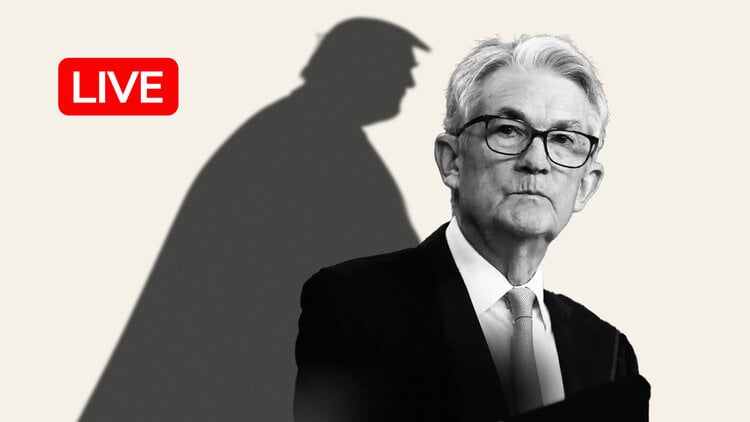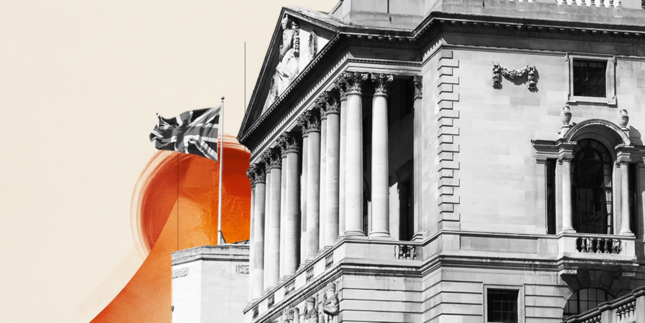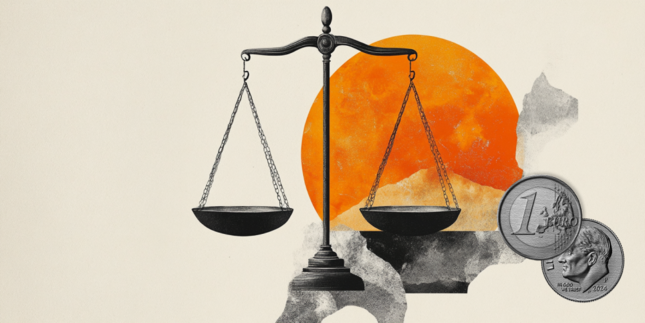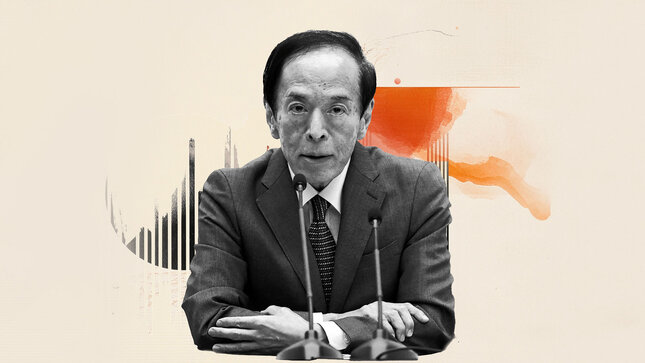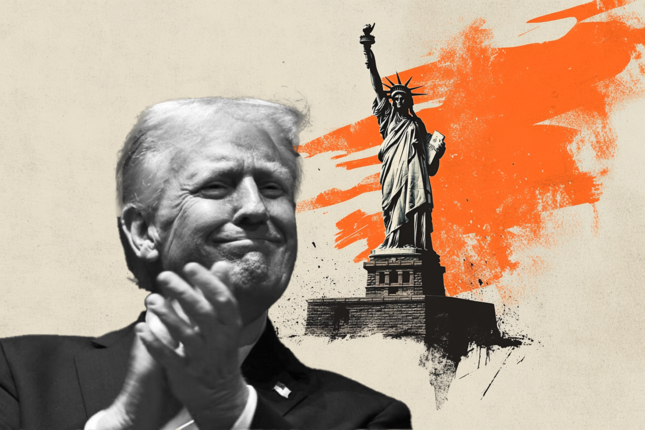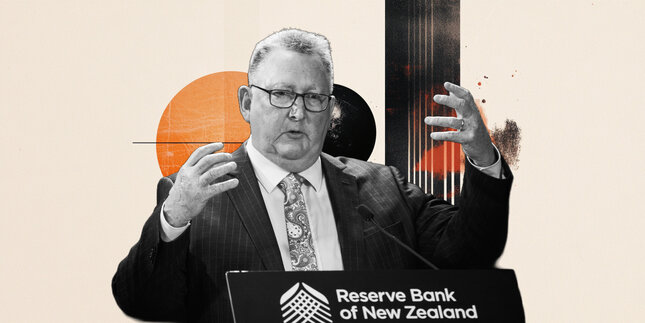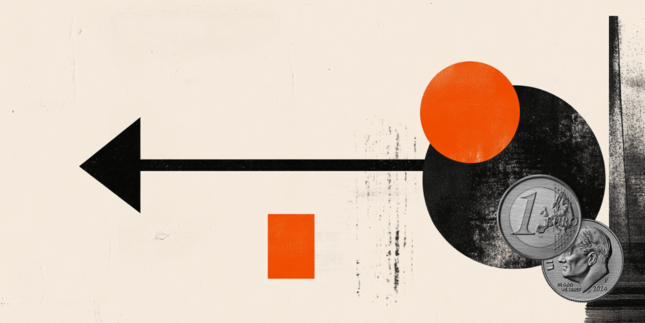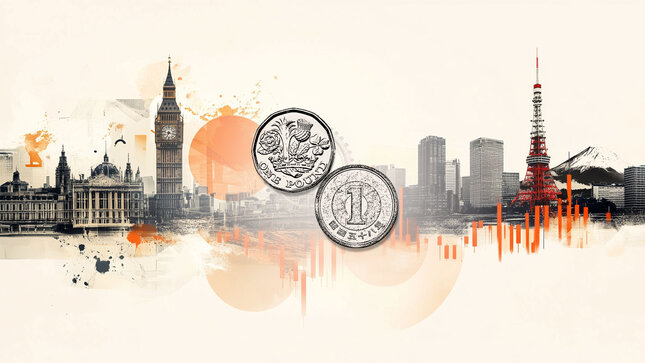Fed's Powell: Right thing to do is await further clarity
US Federal Reserve (Fed) Chairman Jerome Powell explained the decision to leave the policy rate unchanged at the 4.25%–4.50% range following the May meeting and responded to questions during the post-meeting press conference.
Key Quotes
- Economy is in a solid position.
- Inflation has come down a great deal.
- Running somewhat above the 2% goal.
- Current stance of policy leaves us well-positioned to respond in a timely way.
- Import swing complicated GDP data.
- Remains to be seen how uncertainty affects future spending and investment.
- Labour market is broadly in balance.
- Labour market consistent with max employment.
- Near-term inflation expectations have moved up.
- Survey respondents point to tariffs as driving inflation expectations.
- Longer-term inflation expectations are consistent with the goal.
- Administration is doing substantial policy changed.
- Tariffs so far significantly bigger than expected.
- If large increases in tariffs as announced are sustained, will see higher inflation, lower employment.
- Avoiding persistent inflation will depend on size, timing of tariffs, and inflation expectations.
- We aim to inflation expectations anchored.
- Without price stability cannot achieve strong labor conditions.
- If dual mandate goals in tension, consider distance from goal, time to close gaps.
- Time to wait before adjusting policy.
- Can't say which way risks will shake out.
- A great deal of uncertainty about tariffs.
- Too early to know.
- If look through Q1 distortions, economy solid.
- Economy resilient, in good shape.
- Policy is moderately restrictive.
- In a good place to wait and see.
- No hurry, can be patient.
- Can let things evolve and become clearer.
- Underlying inflation picture is good.
- Inflation now running a bit above 2%, with decent readings in housing, non-housing services.
- We don't have to be in a hurry.
- Don't have to be in a hurry.
- Costs of waiting are fairly low.
- Will know more with each week and month where tariffs will land.
- Will know the effects when we start to see them.
- Can't say how long it will take.
- A clear decision to wait, see and watch.
- We are comfortable with policy stance.
- Right place to wait and see.
- Appropriate to be patient.
- When things develop, we can move quickly if appropriate.
- Now appropriate thing to do is wait; there's so much uncertainty.
- Everyone is just waiting to see how developments play out.
- If we see higher inflation, higher unemployment, won't see further progress toward our goals.
- We would see a delay on getting to goals for the next year.
- But we don't know that yet, so much uncertainty over tariffs.
- Last fall what we did, if anything, was a little late, not preemptive.
- We have inflation above target, with expectation for upward pressure.
- Not a situation where we can be preemptive.
- Need to see more data.
- Will use a combination of forecasts and data.
- Would be a complicated judgement if both unemployment and inflation are moving up.
- We haven't faced question of two goals in tension in a long time, have to keep it in our thinking now.
- There are cases in which rate cuts would be appropriate this year.
- There are cases in which rate cuts would not be appropriate.
- I can't confidently say I know the appropriate rate path.
- Trump calling for rate cuts doesn't affect our job at all.
- President's calls for rate cuts don't affect our job at all.
- My gut tells me that uncertainty is extremely elevated.
- Downside risks have increased.
- Risks of higher unemployment and higher inflation have risen, but not yet in data.
- Policy in a very good place.
- Right thing to do is await further clarity.
- Economy doing fine, our policy is not highly restrictive.
- Businesses and households very broadly are concerned, postponing decisions.
- If nothing happens to alleviate those concerns, would expect that to show up in data in weeks, months.
- Watching extremely carefully, don't see much evidence in actual data of slowdown in economy.
Fed FAQs
Monetary policy in the US is shaped by the Federal Reserve (Fed). The Fed has two mandates: to achieve price stability and foster full employment. Its primary tool to achieve these goals is by adjusting interest rates. When prices are rising too quickly and inflation is above the Fed’s 2% target, it raises interest rates, increasing borrowing costs throughout the economy. This results in a stronger US Dollar (USD) as it makes the US a more attractive place for international investors to park their money. When inflation falls below 2% or the Unemployment Rate is too high, the Fed may lower interest rates to encourage borrowing, which weighs on the Greenback.
The Federal Reserve (Fed) holds eight policy meetings a year, where the Federal Open Market Committee (FOMC) assesses economic conditions and makes monetary policy decisions. The FOMC is attended by twelve Fed officials – the seven members of the Board of Governors, the president of the Federal Reserve Bank of New York, and four of the remaining eleven regional Reserve Bank presidents, who serve one-year terms on a rotating basis.
In extreme situations, the Federal Reserve may resort to a policy named Quantitative Easing (QE). QE is the process by which the Fed substantially increases the flow of credit in a stuck financial system. It is a non-standard policy measure used during crises or when inflation is extremely low. It was the Fed’s weapon of choice during the Great Financial Crisis in 2008. It involves the Fed printing more Dollars and using them to buy high grade bonds from financial institutions. QE usually weakens the US Dollar.
Quantitative tightening (QT) is the reverse process of QE, whereby the Federal Reserve stops buying bonds from financial institutions and does not reinvest the principal from the bonds it holds maturing, to purchase new bonds. It is usually positive for the value of the US Dollar.
This section below was published at 18:00 GMT to cover the Federal Reserve's policy decisions and the immediate market reaction.
The United States (US) Federal Reserve (Fed) announced on Wednesday that it left the policy rate, federal funds rate, unchanged at the range of 4.25%-4.5% following the May meeting. This decision came in line with the market expectation.
Follow our live coverage of the Fed monetary policy announcements and the market reaction.
In the policy statement, the Fed noted that the economic outlook uncertainty has increased further.
Fed policy statement highlights
"Committee judges risks of higher unemployment and higher inflation have risen."
"Economic activity has continued to expand at a solid pace despite swings in net exports affecting the data."
"Unemployment rate has stabilized at a low level, labor market conditions remain solid."
"Committee will continue reducing holdings of treasuries and mortgage-backed securities at current pace."
"Inflation remains somewhat elevated."
"Fed vote in favor of policy was unanimous."
Market reaction to Fed policy announcement
The US Dollar stays resilient against its rivals with the immediate reaction to the Fed's policy decisions.
US Dollar PRICE This week
The table below shows the percentage change of US Dollar (USD) against listed major currencies this week. US Dollar was the strongest against the Australian Dollar.
| USD | EUR | GBP | JPY | CAD | AUD | NZD | CHF | |
|---|---|---|---|---|---|---|---|---|
| USD | -0.12% | -0.59% | -1.03% | -0.03% | 0.00% | -0.40% | -0.65% | |
| EUR | 0.12% | -0.19% | -0.67% | 0.37% | 0.39% | 0.00% | -0.26% | |
| GBP | 0.59% | 0.19% | -0.71% | 0.55% | 0.58% | 0.19% | -0.06% | |
| JPY | 1.03% | 0.67% | 0.71% | 1.03% | 1.06% | 0.74% | 0.52% | |
| CAD | 0.03% | -0.37% | -0.55% | -1.03% | -0.28% | -0.35% | -0.62% | |
| AUD | -0.01% | -0.39% | -0.58% | -1.06% | 0.28% | -0.39% | -0.64% | |
| NZD | 0.40% | -0.00% | -0.19% | -0.74% | 0.35% | 0.39% | -0.26% | |
| CHF | 0.65% | 0.26% | 0.06% | -0.52% | 0.62% | 0.64% | 0.26% |
The heat map shows percentage changes of major currencies against each other. The base currency is picked from the left column, while the quote currency is picked from the top row. For example, if you pick the US Dollar from the left column and move along the horizontal line to the Japanese Yen, the percentage change displayed in the box will represent USD (base)/JPY (quote).
This section below was published at 18:00 GMT to cover the Federal Reserve's policy decisions and the immediate market reaction.
- The Federal Reserve is expected to leave the policy rate unchanged for the third consecutive meeting.
- Fed Chairman Powell will speak on the policy outlook in a press conference.
- The US Dollar could stay resilient against its rivals if the Fed keeps its focus on the inflation outlook.
The United States (US) Federal Reserve (Fed) will announce monetary policy decisions following the May policy meeting on Wednesday. Market participants widely anticipate the US central bank will leave policy settings unchanged for the fourth consecutive meeting, after cutting the interest rate by 25 basis points (bps) to the 4.25%-4.5% range in December.
The CME FedWatch Tool shows that investors virtually see no chance of a rate cut in May, while pricing in about a 30% probability of a 25 bps reduction in June. Hence, market participants will scrutinize the changes in the policy statement and comments from Fed Chairman Jerome Powell in the post-meeting press conference for fresh hints on the timing of the next rate cut.
Before the Fed went into the blackout period, several policymakers voiced their concerns over the uncertainty created by the US’ new trade regime weighing on the labor market.
Minneapolis Fed President Neel Kashkari said that some businesses indicate that they are preparing for possible job cuts if uncertainty continues. Similarly, Fed Governor Christopher Waller told Bloomberg that he wouldn’t be surprised to see more layoffs and higher unemployment, adding that rising unemployment could pave the way for rate cuts. As the Bureau of Labor Statistics reported that Nonfarm Payrolls rose by 177,000 in April, surpassing the market expectation of 130,000, and the Unemployment Rate remained unchanged at 4.2%, investors turned reluctant to price in a rate cut in June.
Previewing the Fed’s May meeting, analysts at Danske Bank said, “We expect the Fed to maintain its monetary policy unchanged in the May meeting, in line with consensus and market pricing.”
“While we expect the Fed to resume cutting rates in June, we doubt Powell will opt for clear forward guidance amid the tariff uncertainty. Growth risks remain tilted to the downside, but rising inflation expectations are still a concern,” the analysts added.
When will the Fed announce its interest rate decision and how could it affect EUR/USD?
The US Federal Reserve is scheduled to announce its interest rate decision and publish the monetary policy statement on Wednesday at 18:00 GMT. This will be followed by Fed Chairman Jerome Powell's press conference starting at 18:30 GMT.
Investors will pay close attention to how the Fed and Chairman Powell assess the latest economic developments. Although the April employment report showed that conditions in the labor market remain relatively healthy, the Bureau of Economic Analysis reported in its flash estimate that the US’ Gross Domestic Product (GDP) contracted at an annual rate of 0.3% in the first quarter.
In case the Fed acknowledges a heightened risk of a recession and its potential negative impact on hiring, investors could see that as a dovish language. In this scenario, the US Dollar (USD) could come under renewed selling pressure. On the other hand, investors could refrain from pricing in a rate cut in June and help the USD outperform its rivals, if the Fed downplays growth concerns and implies that it will remain patient about policy adjustments while waiting to see how tariffs will impact inflation.
Eren Sengezer, European Session Lead Analyst at FXStreet, provides a short-term technical outlook for EUR/USD:
“The near-term technical outlook points to a loss of bullish momentum, with the Relative Strength Index (RSI) indicator on the daily chart retreating toward 50. Additionally, EUR/USD trades near the 20-day Simple Moving Average (SMA) after holding comfortably above this level throughout April.”
“On the downside, the Fibonacci 23.6% retracement level of the uptrend that started in January forms key support at 1.1200. In case EUR/USD makes a daily close below this level and starts using it as resistance, technical sellers could remain interested, opening the door for an extended slide toward 1.1015-1.1000 (Fibonacci 38.2% retracement, round level, 50-day SMA) and 1.0860 (Fibonacci 50% retracement). Looking north, interim resistance could be spotted at 1.1440 (static level) before 1.1520 (end-point of the uptrend) and 1.1600 (round level, static level)."
Interest rates FAQs
Interest rates are charged by financial institutions on loans to borrowers and are paid as interest to savers and depositors. They are influenced by base lending rates, which are set by central banks in response to changes in the economy. Central banks normally have a mandate to ensure price stability, which in most cases means targeting a core inflation rate of around 2%. If inflation falls below target the central bank may cut base lending rates, with a view to stimulating lending and boosting the economy. If inflation rises substantially above 2% it normally results in the central bank raising base lending rates in an attempt to lower inflation.
Higher interest rates generally help strengthen a country’s currency as they make it a more attractive place for global investors to park their money.
Higher interest rates overall weigh on the price of Gold because they increase the opportunity cost of holding Gold instead of investing in an interest-bearing asset or placing cash in the bank. If interest rates are high that usually pushes up the price of the US Dollar (USD), and since Gold is priced in Dollars, this has the effect of lowering the price of Gold.
The Fed funds rate is the overnight rate at which US banks lend to each other. It is the oft-quoted headline rate set by the Federal Reserve at its FOMC meetings. It is set as a range, for example 4.75%-5.00%, though the upper limit (in that case 5.00%) is the quoted figure. Market expectations for future Fed funds rate are tracked by the CME FedWatch tool, which shapes how many financial markets behave in anticipation of future Federal Reserve monetary policy decisions.
(This story was corrected on May 7 at 11:13 GMT to say, in the first bullet, that the Fed is expected to hold interest rates steady for a third consecutive meeting, not a fourth.)
Forex News
Keep up with the financial markets, know what's happening and what is affecting the markets with our latest market updates. Analyze market movers, trends and build your trading strategies accordingly.
